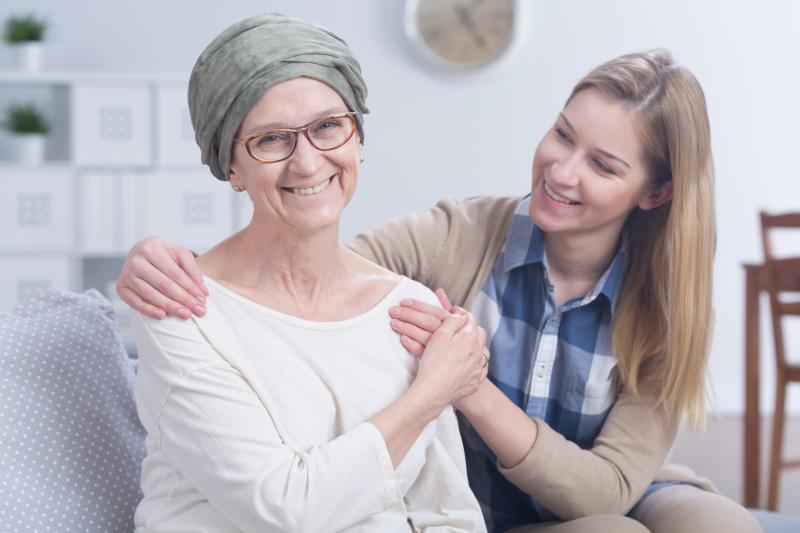 There is a growing body of evidence that highlights numerous potential benefits of home chemotherapy to cancer patients.
There is a growing body of evidence that highlights numerous potential benefits of home chemotherapy to cancer patients.Older cancer patients with poor social support (SS) were less likely to have documented grade 3–5 nonhaematological chemotherapy-related toxicities, a recent study has found.
Researchers enrolled 498 patients (mean age, 73±6.2 years) with solid cancers, in whom SS was assessed using a modified version of the Medical-Outcome Study-Social Support Survey. Toxicities were graded according to the Cancer Institute Common Toxicity Criteria for Adverse Events version 3.0.
More than half of the participants had at least one documented toxicity of grade 3–5. The median SS score was 95; most patients (74 percent) reported good SS, with scores above 75. Those with poor support tended to be older and were less likely to live with a partner or with a child.
The researchers found no clear linear relationship between SS and chemotherapy-related toxicities. The prevalence rates of grade 3–5 toxicities were 48.5 percent and 54.6 percent in those with poor vs good SS. Specifically, haematological toxicities were more common in participants with poor support (11.5 percent vs 9.2 percent), while the opposite was true for nonhaematological toxicities (22.3 percent vs 28.5 percent). None of the differences were statistically significant.
However, multivariate polychotomous logistic regression analysis found that those with poor SS were significantly less likely to have grade 3–5 toxicities (adjusted odds ratio [OR], 0.58; p=0.02), an effect driven by discrepancies in rates of grade 3–5 nonhaematological toxicities (adjusted OR, 0.52; p=0.02).
Notably, disaggregation according to individual SS survey items showed that the lower rates were likely driven by a lack of reporting. Grade 3–5 toxicity rates were significantly lower in participants who did not have someone to take them to the doctor “most” or “all of the time” (adjusted OR, 0.32; p=0.02).